NYC outdoor dining to shrink by over 80 percent under new rules
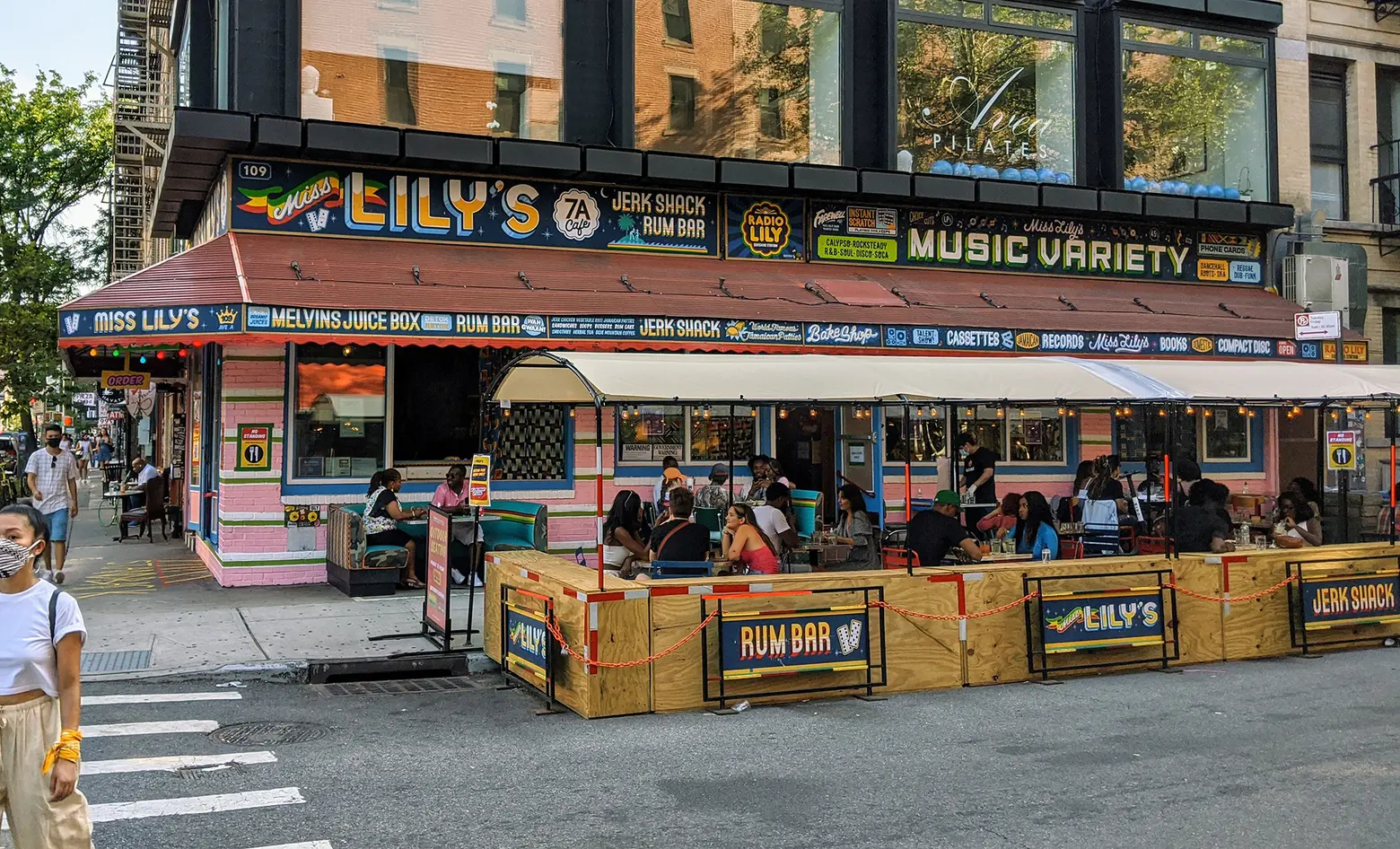
Miss Lily’s on Avenue A in 2020. Credit: Eden, Janine and Jim on Flickr
Outdoor dining as New Yorkers have come to know it might be over. New York City restaurants with roadway and sidewalk dining setups that did not apply for the city’s new program by the August 3 deadline must now remove their structures, many of which have been in place since 2020. According to the Daily News, about 2,500 restaurants, or about 15 percent, of the roughly 13,000 restaurants that had utilized outdoor dining have applied to keep their al fresco seating. The huge decline in participants in the program, which helped keep restaurants in business during the pandemic, comes after the city approved new guidelines to make the program seasonal, requiring restaurants to disassemble and store the structure during the winter, in addition to new fees and design requirements.
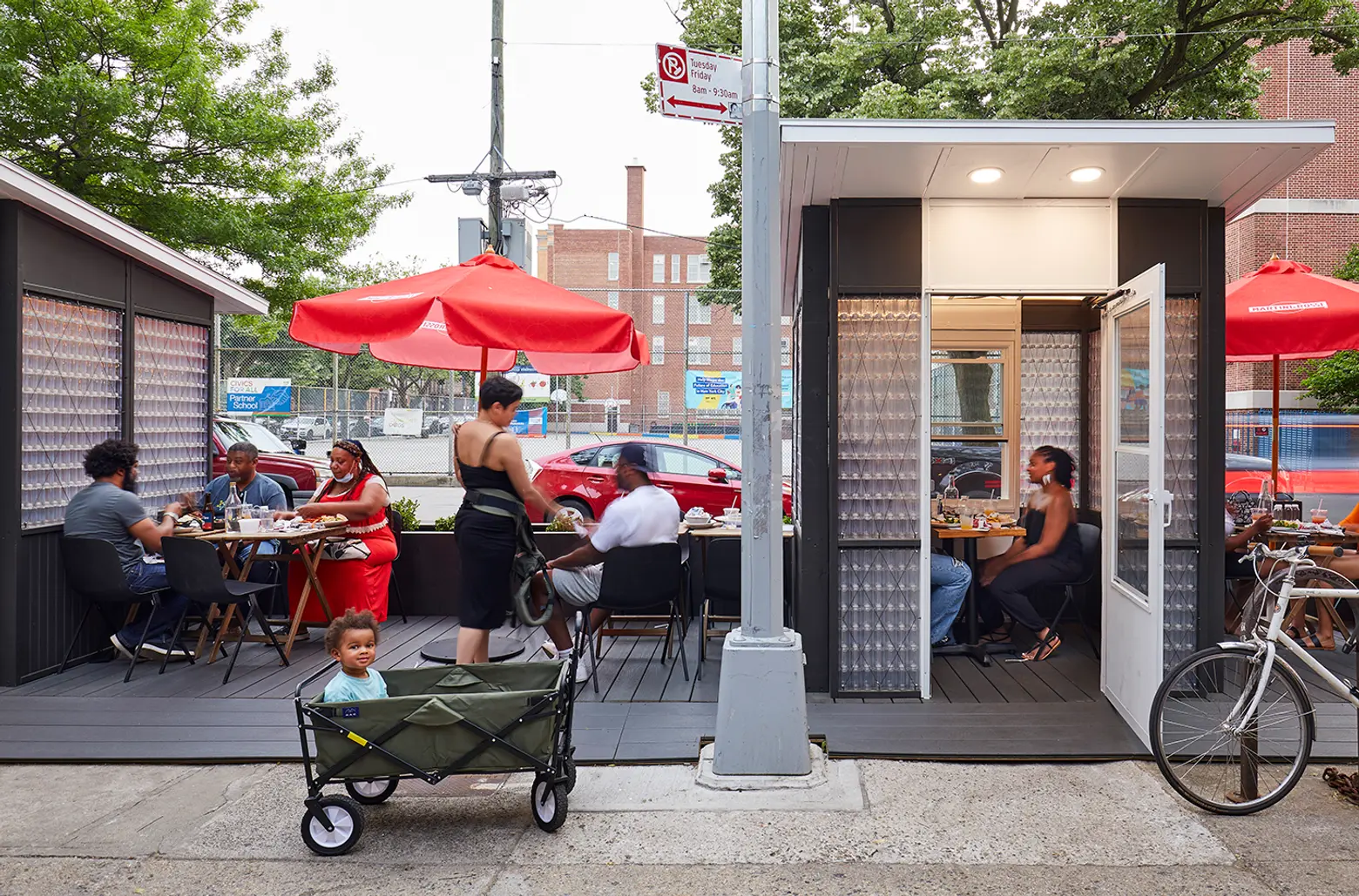
According to NBC reporter Andrew Siff, the Department of Transportation received 3,266 license applications from 2,592 restaurants for the new “Dining Out NYC” program. Of the total, 1,277 applications were for sidewalk-only dining, 681 for roadway-only, and 634 for both.
Establishments that applied for the new program must bring setups into compliance with the city’s new design requirements within 30 days of approval or by November 1, 2024, whichever is sooner. Restaurants that did not apply for the new program and that do not remove outdoor dining setups will be subject to a $500 fine for the first offense and $1,000 for each subsequent offense until the setup is removed.
Created as a way for restaurants to endure the economic hardship of the pandemic and make patrons feel safe, the city’s temporary outdoor dining program, Open Restaurants, had more than 12,000 restaurant participants at its peak.
However, some New Yorkers took issue with the “dining sheds,” claiming the structures attracted rodents, sat empty, and took away parking for cars.
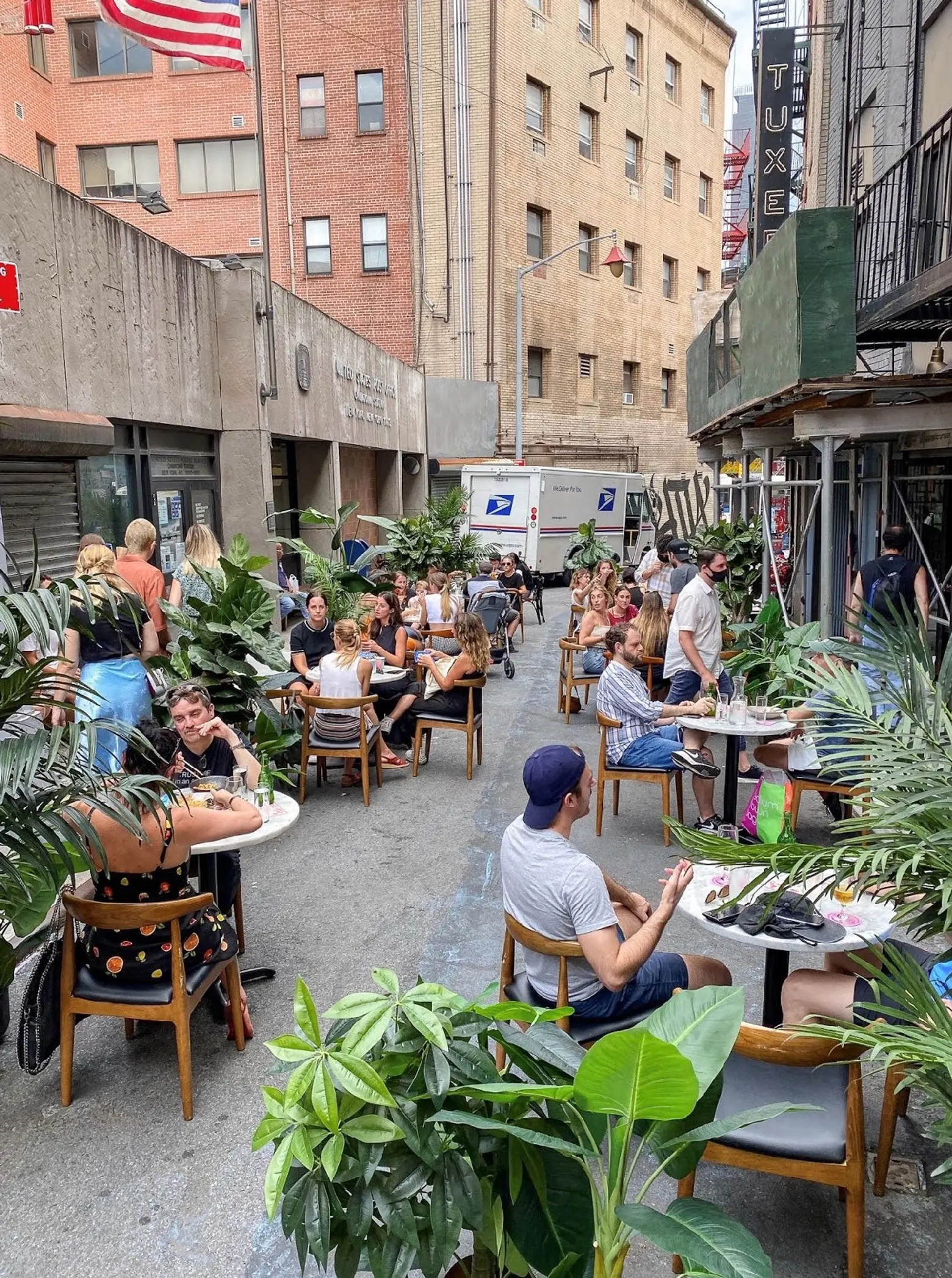
Mayor Eric Adams and the City Council last May reached a deal to make outdoor dining a permanent fixture of city life following its success during the pandemic while reigning in the Open Restaurants program to combat its negative impact on city streets.
The deal included new, strict guidelines surrounding the future of outdoor dining. The legislation only allows dining structures on city streets from April 1 to November 29. Dining set-ups on sidewalks will be allowed year-round.
The costs of participating in the program depend on the restaurant’s location and the size of its outdoor dining space. Restaurants have to pay two separate fees, a license fee and a revocable consent fee. License fees cost $1,050 for a roadway or sidewalk cafe, or $2,100 for both a roadway and sidewalk cafe.
Both license fees cover outdoor dining for four years. The revocable consent fee is paid each year of the four-year term and is also determined by location and outdoor space size. Prices range from $6 to $31 per square foot for sidewalk cafes and from $5 to $25 for roadway cafes.
The legislation has also banned fully enclosed structures, instead allowing for umbrellas, awnings, and other coverings that can be easily removed.
In March, Adams launched the application process for restaurants to take part in Dining Out NYC, the city’s permanent outdoor dining program. The mayor also unveiled customizable prototypes of modular dining sheds that would make it easier for restaurants to abide by the new guidelines.
RELATED:
Interested in similar content?
Leave a reply
Your email address will not be published.
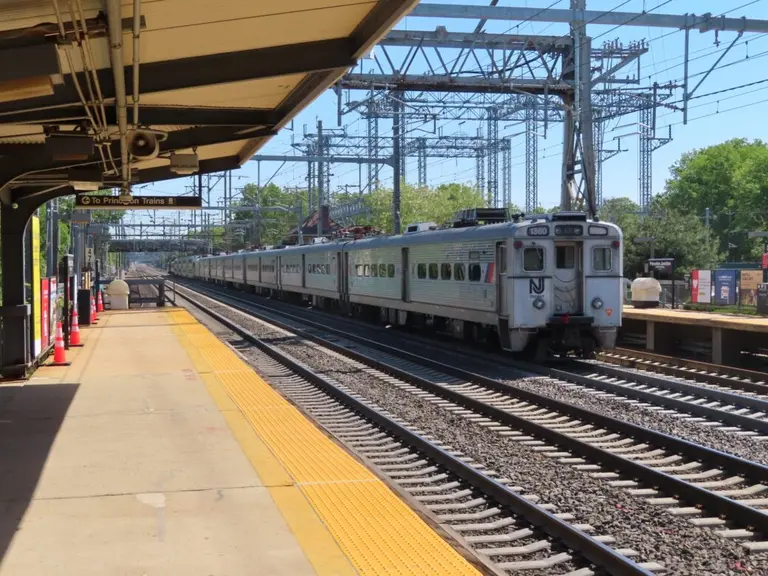
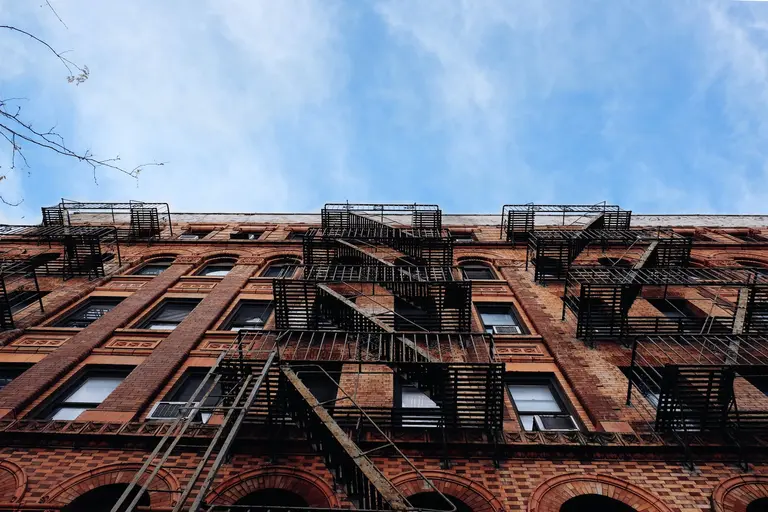



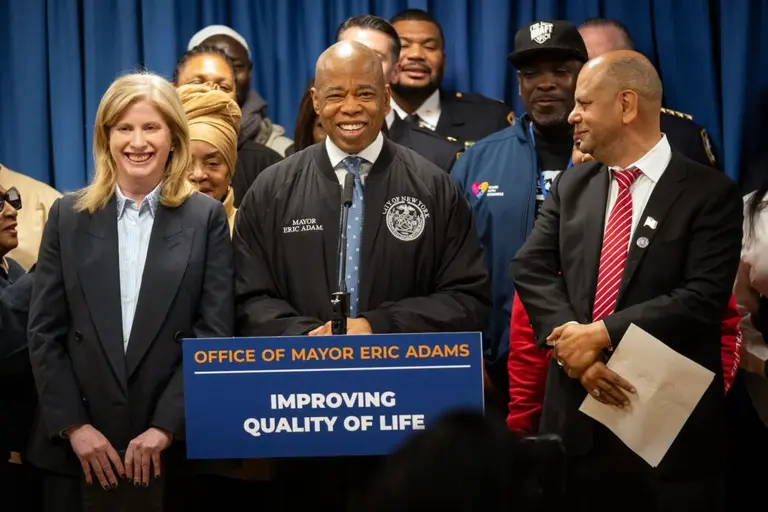





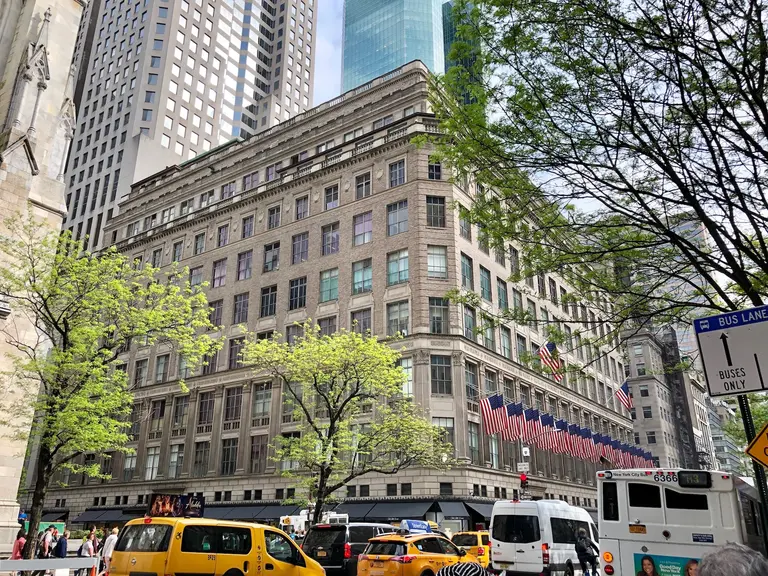
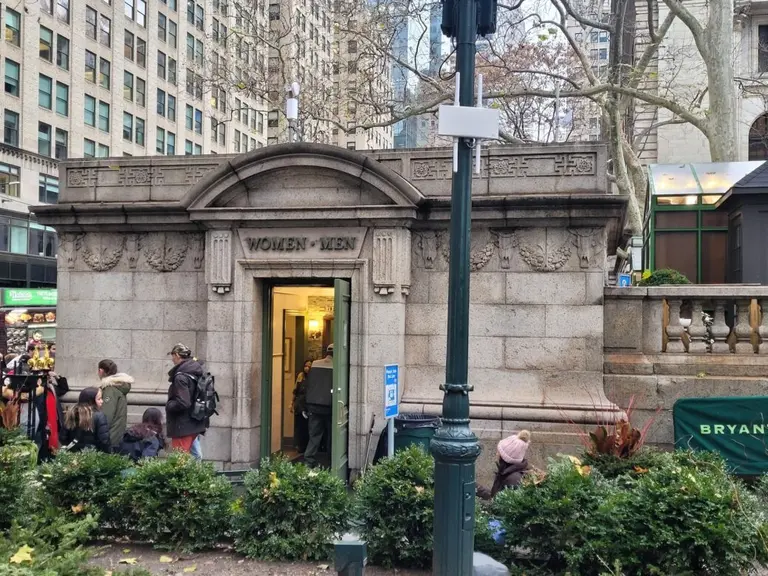

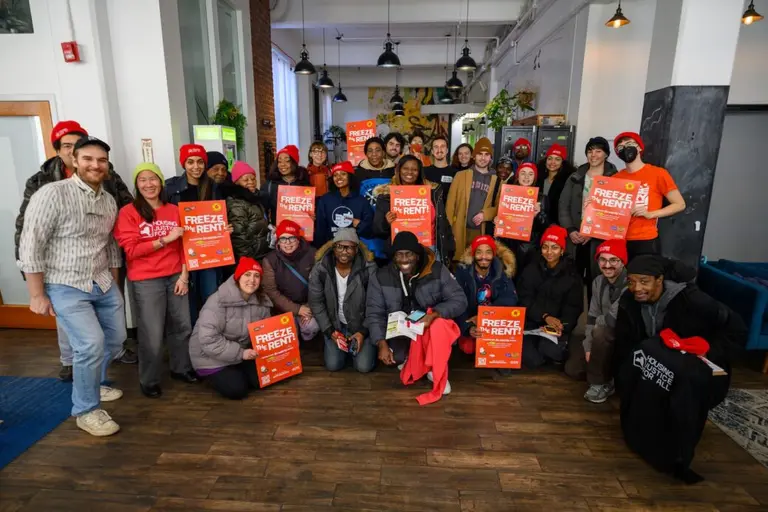

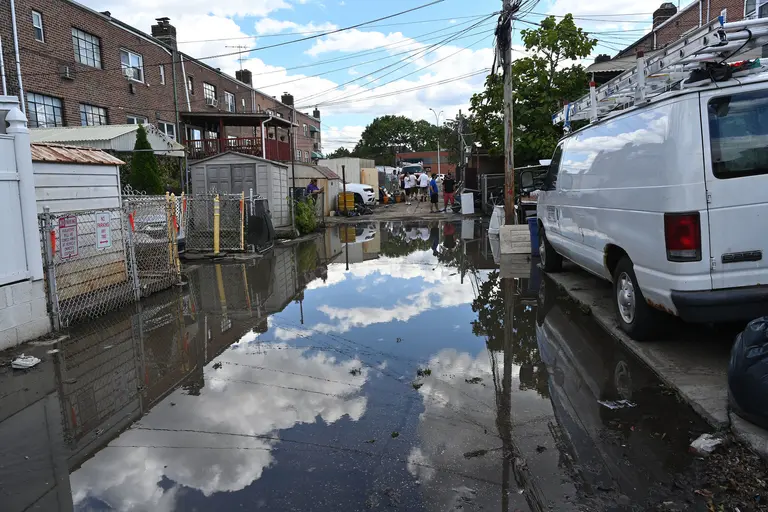










If the City has not enforced any of its outdoor dining structure regulations thus far, it would be foolish to think they will do anything much differently. A perfect example is a bar/restaurant in my neighborhood that has not ever conformed to the basic logistical constraints of the current rules and, in fact, flaunts all permit requirements for any sort of construction, etc. And the City knows about it, but does nothing! No permits and no fines. Hmmm….
Good! Those dining sheds are a blight, and they make crossing the streets more dangerous because they block your view. Also, why should restaurants get to commercialize public spaces for free? During Covid, yes, there was an emergency, but now, no. Good riddance!